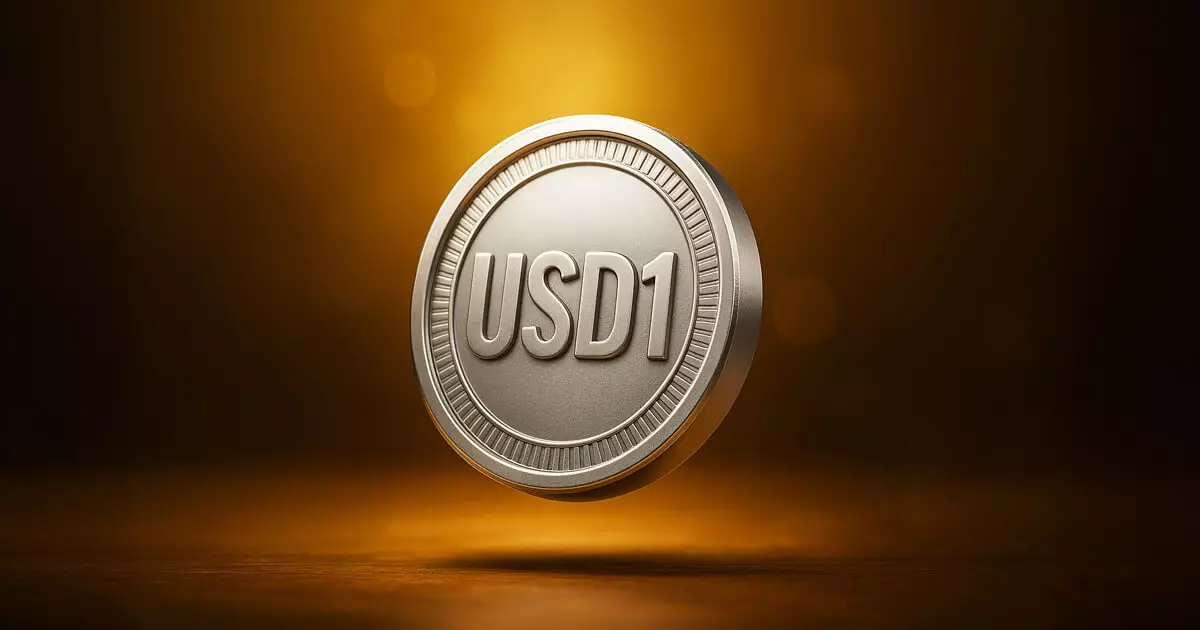In a landscape dominated by established players, Binance’s decision to list the USD1 stablecoin, affiliated with Donald Trump’s World Liberty Financial (WLFI), reflects an audacious strategy to capitalize on public interest. By introducing the USD1/USDT trading pair, Binance not only enhances its portfolio but also ventures into a relatively uncharted territory, combining finance with political branding. However, this bold move also has significant limitations and risks.
The decision to restrict trading based on user region raises eyebrows. By excluding users from the European Economic Area, Canada, Ukraine, the United States, and various US territories, Binance sets a precedent that highlights the challenges of regulatory compliance versus market expansion. This segregation can potentially alienate a substantial user base while opening doors to scrutiny from regulators globally. Such choices can lead to a mixed reception; while some may see it as a prudent measure, others may view it as a hindrance to broader adoption.
The Controversial Backing
USD1’s connection to the Trump family casts a shadow over its legitimacy. In a time when political affiliations have never been more polarized, associating a financial product with a controversial figure could deter some investors while rallying others. Zach Witkoff, co-founder of WLFI, expresses lofty goals of empowering the underbanked, yet the underlying complexities of political baggage cannot be ignored. Will prospective investors align with its mission, or will they shy away due to its tangled connections with a divisive political figure?
It’s essential to note that Witkoff’s ambitions hinge on the mere existence of the stablecoin in decentralized finance (DeFi). While USD1 is pegged 1:1 to the US dollar, and aims to facilitate smoother digital transactions, the inherent skepticism surrounding its affiliation may overshadow its practical utility. As USD1 moves into the crypto ecosystem, the challenge for WLFI will be to demonstrate the stablecoin’s stability and usability amid potential backlash from the market.
Competitive Landscape and Market Trends
As the cryptocurrency market continues to evolve, the entry of USD1 contributes to an ongoing trend of innovation in stablecoins. Platforms like KuCoin and HTX have already embraced this asset, signaling a broader market acceptance. However, much of this enthusiasm may be driven by its political connections rather than its technical merits. The recent integration with Chainlink’s Cross-Chain Interoperability Protocol (CCIP) may pave the way for increased usability across multiple blockchains, but it remains to be seen if these features will translate into practical benefits for end-users.
Nonetheless, the push toward improving financial tools for the underbanked is commendable, albeit overly ambitious when viewed through the lens of past initiatives. The conservative approach toward user access espoused by Binance, coupled with the unstable political element, raises questions about the viability of the USD1 in a competitive DeFi ecosystem.
It is an uncertain landscape where innovation meets concern, and while the prospect of empowering millions through new financial mechanisms is enticing, the reality of navigating the political and regulatory ramifications poses a hefty burden. As both Binance and WLFI march forward, they must balance audacity with authenticity if they wish to build trust and sustain their ambitious vision amidst a skeptical backdrop.















